Tech students remove pencil statue after 20 years
Tech theater students carried the pencil statue, symbolizing standardized testing, from the front lawn to the scene shop on Friday, August 23.
With the buzz of an angle grinder dying down, John Brandhorst’s technical theater class hoisted the long-standing pencil sculpture down from its pedestal and carried it through the building in a procession. Administrators took pictures and students stared as the parade made its way to the scene shop the afternoon of Friday, August 23.
Anyone familiar with the Grady campus might have noticed something missing from the landscape of the front lawn on Charles Allen Drive recently: the giant pencil standing outside the main office, an icon of the school, has been removed.
The construction of a new parking lot and renovations to come later this year will replace the front lawn, so the Pencil had to move.
The Pencil has stood on the lawn in front of the office building for twenty years, built in 1999. It was a collaborative project between former art teacher Natalie Kimball, now John Brandhorst’s wife, Kimball’s art class and sculptor Fred Ajanogha. The High Museum was having a pop-art exhibition, and the Pencil was part of that citywide project.
“She was working in collaboration with the High Museum that was having a very, very large pop-art show and so all the famous pop art pieces were here,” said John Brandhorst, the art and tech theater teacher. “It was decided between my wife, her class and the sculptor Fred Ajanogha that they would build this giant pencil.”
The materials are durable, fiberglass and resin meant to withstand many more years than it has so far. The sculptor who helped make it has confidence it will last
“The material, this fiberglass is the same material they use for boats, the same material they use for cars, it’s a very strong substance,” said Fred Ajanogha, the sculptor who worked to make it. “So it’s going to last for more than twenty years. More than forty years. Let’s push it to 100!”
The pencil stands for a lot, but its main function is clear. It’s a ubiquitous tool to create, and the original creators understand that.
“It’s a visual form to people that if you see the pencil it automatically attracts you to making, automatically attracts you to creating, and doing something,” said Ajanogha. “It’s this pencil you will use as a foundation for your design.”
But an enormous yellow pencil, sharpened to 14 feet, pointed downward in the act of writing, also has more meaning than just indicating “here’s a school.” The sculpture is also meant as social commentary, as the idea of a No. 2 pencil represents very different things to the students and teachers who are in school, versus the people who simply have an idea of what school entails.
“It was about the standardized testing,” Brandhorst said. “So it was kind of an ironic monument that really represents pain to the people who use it, but other people around it are going ‘oh it’s a school, it’s a pencil, I get it.’ They think it’s cute.”
For now, Brandhorst plans to restore the sculpture and then relocate it in the upper courtyard for the next few years during school renovations. After the renovations are completed, he wants to reestablish it as the marker of the main office.
“I think it’s important that generations of students are able to leave their mark permanently on a place,” Brandhorst said. “And [the pencil] was designed by students, made by students, installed by students, so I want to keep that tradition as well.”

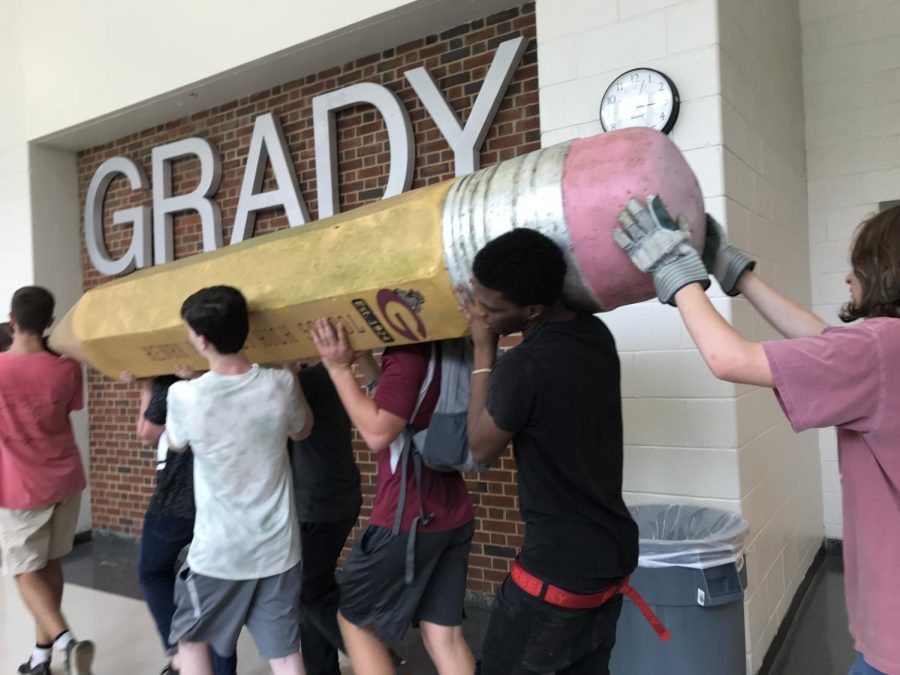
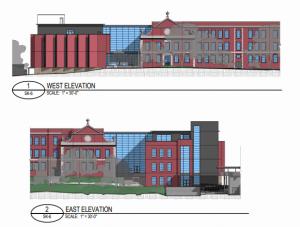
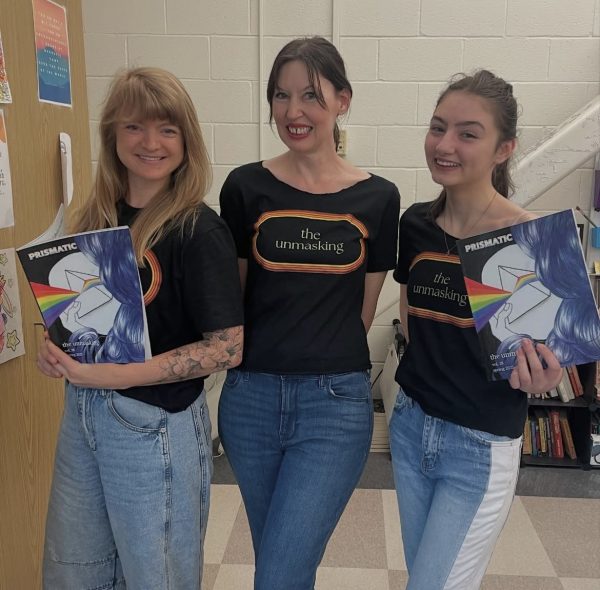
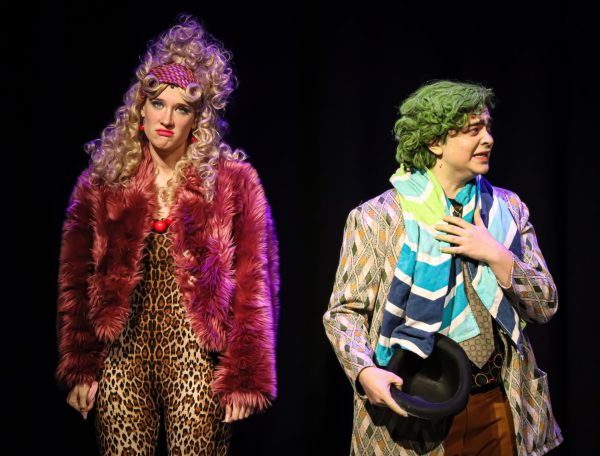
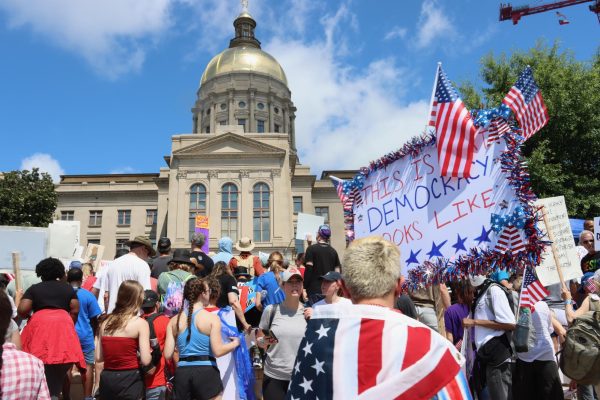
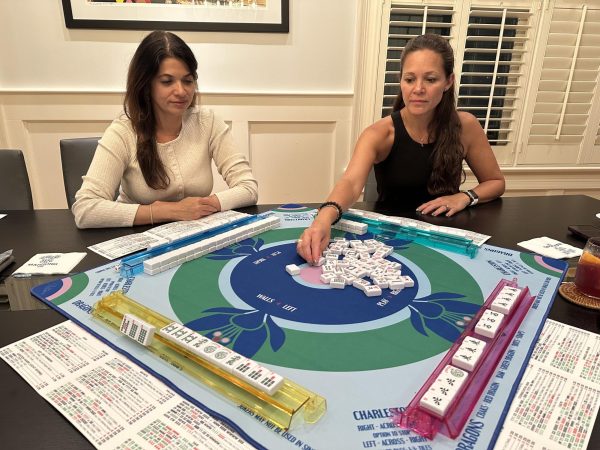

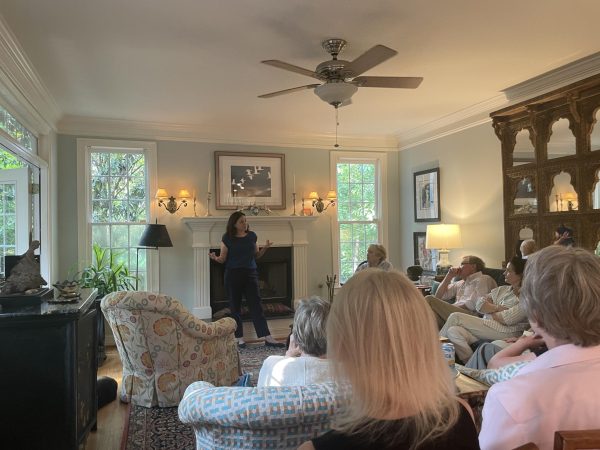
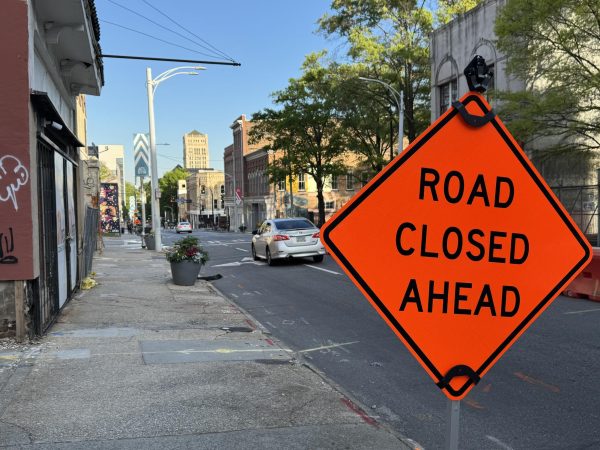
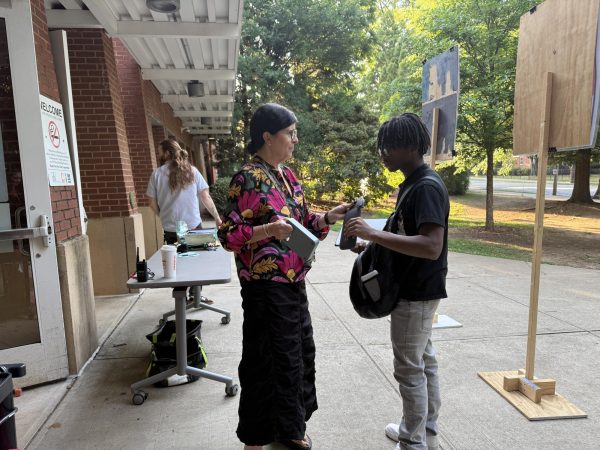
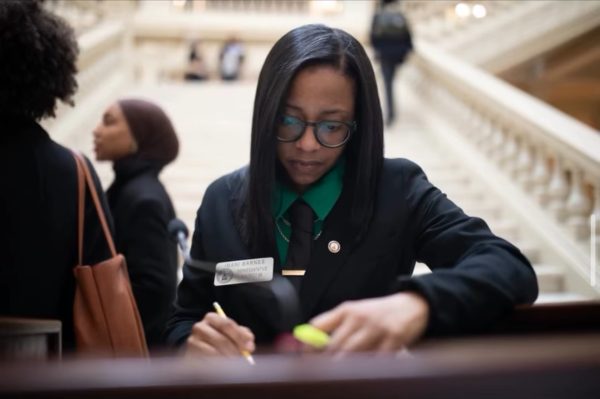
Crystal Roland • Sep 3, 2019 at 1:36 pm
Maybe with Brandhorst, they can design the pencil with cool unique, colorful art! Switch things up with a new style!
Katie • Aug 26, 2019 at 2:58 pm
Glad it’s going to be renovated and relocated! Would love to see updates as it gets restored and placed in the new location
Ashley • Aug 26, 2019 at 11:23 am
Wow. It would’ve been thoughtful to invite some of the students who actually worked on it 20 years ago that were in that class. If few still live in the neighborhood .
Blake Fowler • Aug 26, 2019 at 10:18 am
Please don’t